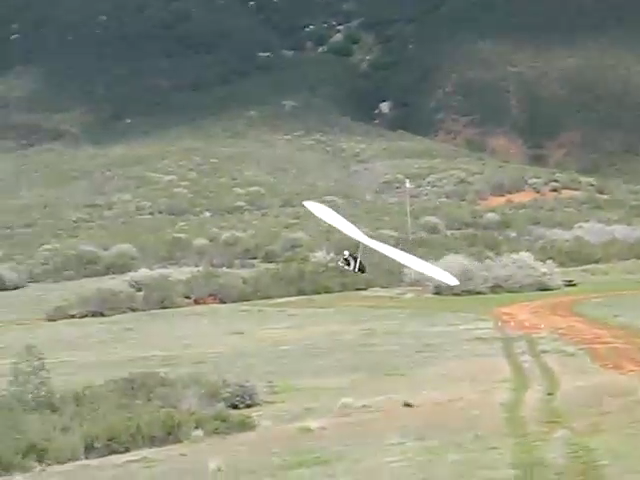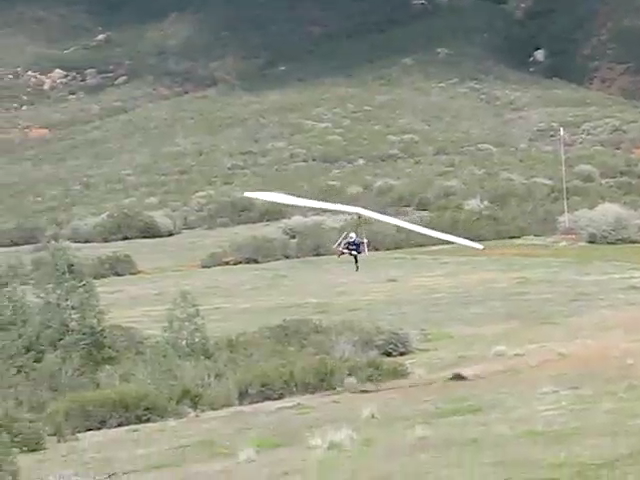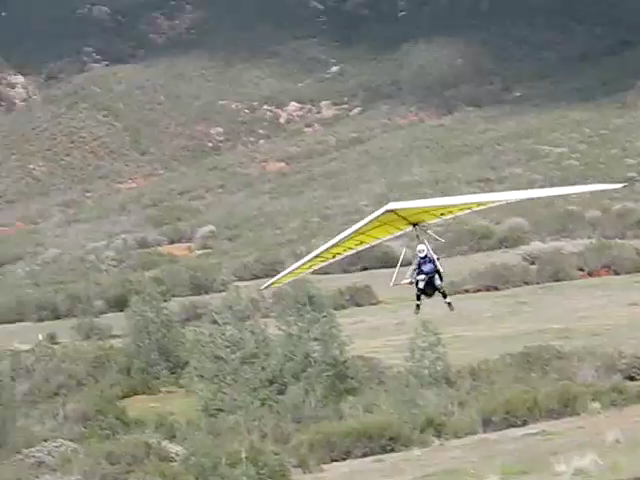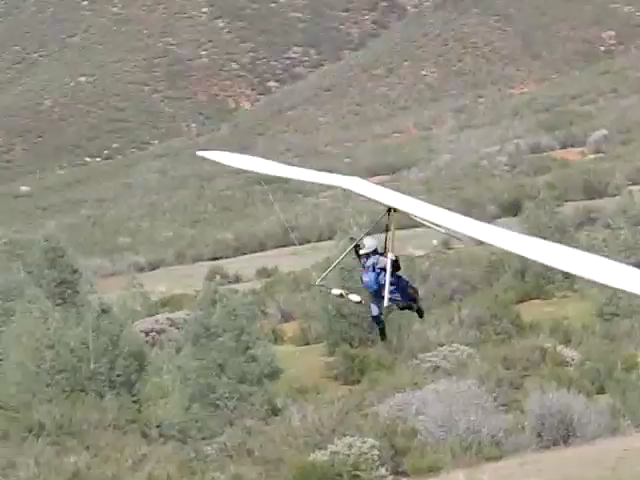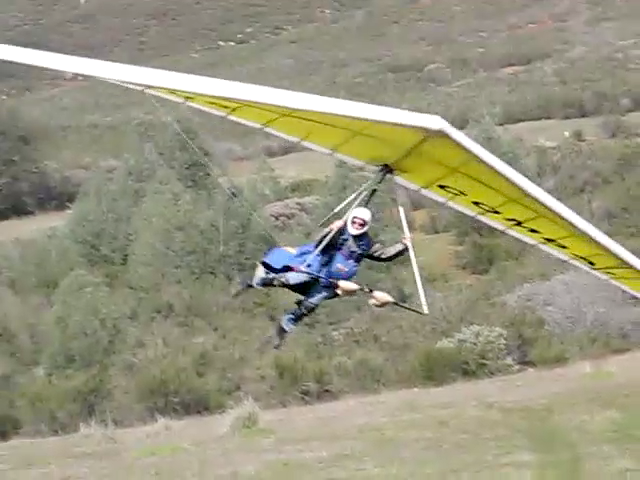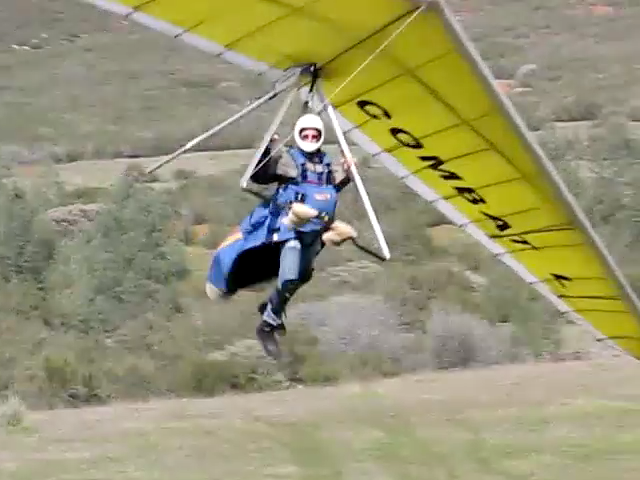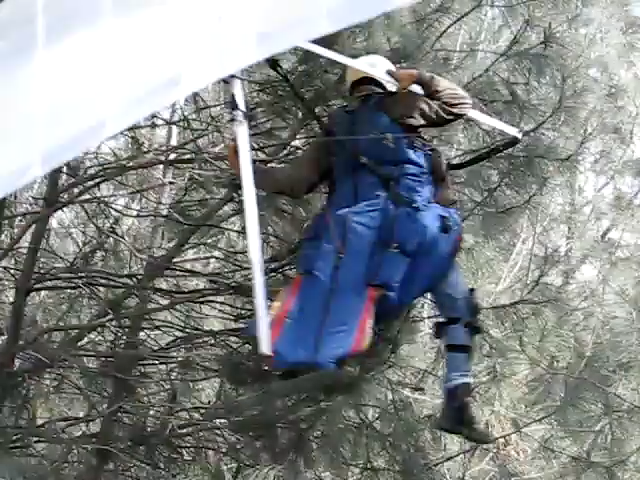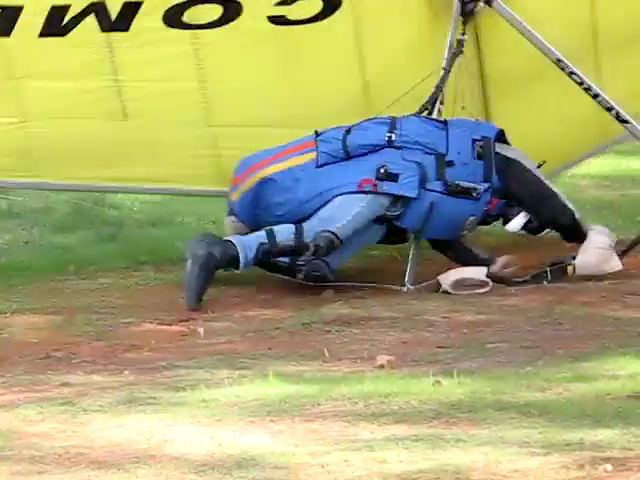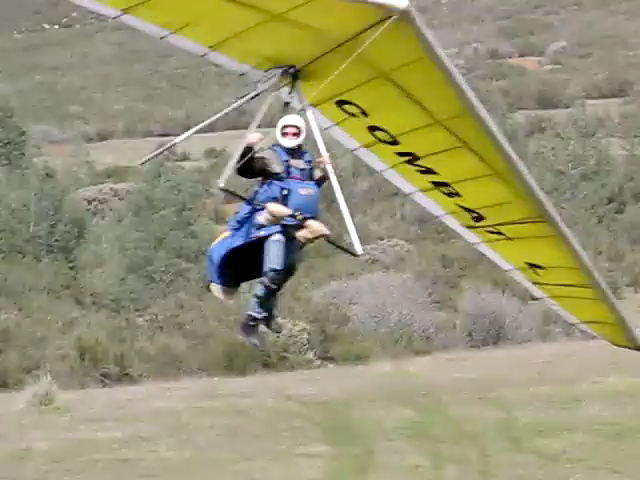Gee, I thought the whole original purpose of the spot landing requirement was for the pilot to develop the skill to be able to perform safe, consistent, accurate, standup landings so he can fly over very dangerous terrain with minimal bailout options in whatever conditions present themselves.Safety & Training
Safety_Training@ushpa.aero - Dave Broyles
Change to Landing Tasks
Either in addition to the current spot task, or replacing the current spot task, allow a higher number of cumulative, non-consecutive spots over a longer period. For example, 9 spots in 90 days. The 90 day period is a moving window and the 9 spots must occur entirely within that window. This would make the spot landing task more fun and less stressful.
Other numbers than 9 and 90?
If adopted, consider deleting optional landing task?
A Hang Three, for example, should be able to launch off a ridge when the only survivable area is a hundred foot wide circle of relatively flat ground in the boulder field below.
And a Hang Four should be able to push his mileage in an XC competition when his safety is dependent upon stopping it in God knows what kind of wind and turbulence inside of a rocky fifty foot circle surrounded bushes, stumps, and boulders that he fortunately sighted from seven hundred feet AGL a half mile upwind when he was just about to put out an SOS on the two meter.
I've got a USHGA card - issued 1991/12/17 - that says I can do this. And when I present it to a competition organizer he knows what kind of task he can safely set for me and the other Fours.
But now you maybe wanna say, "Fly as much as your available sites, weather, time, cash, endurance, and observers allow and pick your best nine."
I'm not sure you'd get the same quality of pilot we have today - the ones who can safely, consistently, accurately, and unerringly nail those spots, stay on their feet, and keep the basetube and nose off the ground.
How 'bout zero and ten thousand?Other numbers than 9 and 90?
Yeah, let's do that. Why should hang gliders start landing and thinking like everybody else who's flown fixed wing aircraft over the course of the past century plus?If adopted, consider deleting optional landing task?
And let's start some serious discussions about ratings suspensions and revocations for the heretics who advocate and perform wheel landings.

